liquid metal
THE SCIENCE FICTION FILM READER
liquid metal
THE SCIENCE FICTION FILM READER
EDITED BY SEAN REDMOND
 WALLFLOWER PRESS
WALLFLOWER PRESSA Wallflower Press Book
Published by
Columbia University Press
Publishers Since 1893
New York Chichester, West Sussex
cup.columbia.edu
Copyright Sean Redmond 2004, 2007
All rights reserved.
E-ISBN 978-0-231-50184-2
Wallflower Press is a registered trademark of Columbia University Press
A complete CIP record is available from the Library of Congress
ISBN 978-1-903364-88-8 (cloth : alk. paper)
ISBN 978-1-903364-87-1 (pbk. : alk. paper)
ISBN 978-0-231-50184-2 (e-book)
A Columbia University Press E-book.
CUP would be pleased to hear about your reading experience with this e-book at .
References to websites (URLs) were accurate at the time of writing. Neither the author nor Columbia University Press is responsible for URLs that may have expired or changed since the manuscript was prepared.
CONTENTS
Vivian Sobchack
Steve Neale
Barry Keith Grant
Warren Buckland
Susan Sontag
Michael Ryan and Douglas Kellner
J. P. Telotte
Linda Ruth Williams
Vivian Sobchack
Eric Avila
Wong Kin Yuen
Andrew Gordon
Constance Penley
Jonathan Bignell
Carol Schwartz Ellis
Donna J. Haraway
Mary Ann Doane
Doran Larson
Susan J. Napier
Vivian Sobchack
Scott Bukatman
Alison Landsberg
Isolde Standish
Henry Jenkins III
John Tulloch
Will Brooker
Kurt Lancaster
Peter Biskind
Mark Jancovich
Peter Hutchings
All the articles and essays in this Reader have been previously published in a variety of journals and anthologies. Thanks go to all the authors, editors and publishers of the following publications who have permitted the reproduction of these works: Vivian Sobchack (1997) Images of Wonder: The Look of Science Fiction (pp. 6487 only) and Postfuturism (pp. 22341 only) Screening Space: The American Science Fiction Film, second edition, New York: Rutgers University Press; Steve Neale (1990) Youve Got To Be Fucking Kidding!: Knowledge, Belief and Judgement in Science Fiction, in Annette Kuhn (ed.) Alien Zone, London: Verso, pp. 1608; Barry Kieth Grant (1999) Sensuous Elaboration: reason and the Visible in the Science Fiction Film, in Annette Kuhn (ed.) Alien Zone II, London: Verso, pp. 1629; Warren Buckland (1999) Between Science Fiction and Science Fact: Spielbergs Digital Dinosaurs, Possible Worlds and the New Aesthetic Realism, Screen, vol. 40, no. 2, pp. 17792; Susan Sontag (1994) The Imagination of Disaster, in Against Interpretation, London: Vintage Press, pp. 20925; Linda Ruth Williams (1999) Dream Girls and Mechanic Panic: Dystopia and its Others in Brazil and Nineteen Eighty-Four, in I. Q. Hunter (ed.) British Science Fiction Cinema, London: Routledge, pp. 15369; Michael Ryan and Douglas Kellner (1988) Technophobia/Dystopia, in Camera Politica, Indiana: Indiana University Press, pp. 22458; Eric Avila (2001) Dark City: White Flight and the Urban Science Fiction Film in Postwar America, in Daniel Bernardi (ed.) Classic Hollywood: Classic Whiteness, Minneapolis: University of Minnesota Press, pp. 5271; Vivian Sobchack (1999) Cities on the Edge of Time: The Urban Science Fiction Film, in Annette Kuhn (ed.) Alien Zone II, London: Verso, pp. 12343; Isolde Standish (1998) Akira, Postmodernism and Resistance, in D. P. Martinez (ed.) The Worlds of Japanese Popular Culture, Cambridge: Cambridge University Press, pp. 5674; Wong Kin Yuen (2000) On the Edge of Spaces: Blade Runner, Ghost in the Shell and Hong Kongs Cityscape, Science Fiction Studies, vol. 27, no. 1, pp. 121; Andrew Gordon (1987) Back to the Future: Oedipus as Time Traveller, Science Fiction Studies, vol. 14, no. 3, pp. 37285; Constance Penley (1991) Time travel, Primal Scene and the Critical Dystopia, in Constance Penley (ed.) Close Encounters: Film, Feminism and Science Fiction, Minneapolis: University of Minnesota Press, pp. 6380; Jonathan Bignell (1999) Another Time, Another Space: Modernity, Subjectivity and The Time Machine, in Deborah Cartmell, I. Q. Hunter, Heidi Kaye and Imelda Whelehan (eds) Alien Identities, London: Pluto Press, pp. 87103; Carol Schwartz Ellis (1995) With Eyes Uplifted: Space Aliens as Sky Gods, in Joel W. Martin and Conrad E. Ostwalt (eds) Screening the Sacred: Religion, Myth and Ideology in Popular American Film, Boulder CO: Westview Press, pp. 8393; Donna J. Haraway (1991) A Manifesto for Cyborgs: Science, Technology and Socialist Feminism in the 1980s, in Simians, Cyborgs and Women: The Reinvention of Nature, London: Free Association Books, pp. 14981; Mary Ann Doane (1990) Technophilia, Representation and the Feminine, in Mary Jacobus, Evelyn Fox Keller and Sally Shuttleworth (eds) Body/Politcs: Women and the Discourses of Science, London: Routledge, pp. 16376; Doran Larson (1997) Machine as Messiah: Cyborgs, Morphs and the American Body Politic, in Cinema Journal, vol. 36, no. 1, pp. 5775; Susan J. Napier (2001) Ghosts and Machines: The Technological Body, in Anime: From Akira to Princess Mononoke, New York: Palgrave, pp. 85102; Scott Bukatman (1990) Who Programs You? The Science Fiction of the Spectacle, in Annette Kuhn (ed.) Alien Zone, London: Verso, pp. 196213; J. P. Telotte (1983) Human Artifice and the Science Fiction Film, Film Quarterly, vol. 36, no. 3, pp. 4451; Alison Landsberg (1995) Prosthetic Memory: Total Recall and Blade Runner, in Mike Featherstone and Roger Burrows (eds) Cyberspace/Cyberbodies/Cyberpunk, London: Sage, pp. 17589; Henry Jenkins III (1988) Star Trek Rerun, Reread, Rewritten: Fan Writing as Textual Poaching, Critical Studies in Mass Communication, vol. 5, no. 2, pp. 85107; John Tulloch (1995) Were Only a Speck in the Ocean: The Fan as Powerless Elite, in John Tulloch and Henry Jenkins (eds) Science Fiction Audiences: Watching Doctor Who and Star Trek, London: Routledge, pp. 14472; Will Brooker (1997) New Hope The Postmodern Project of

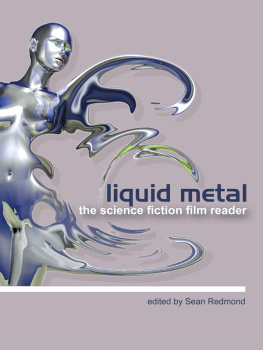



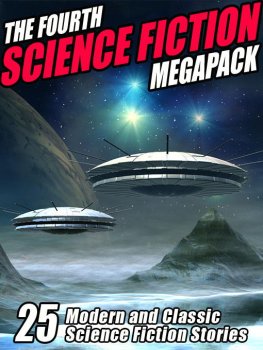

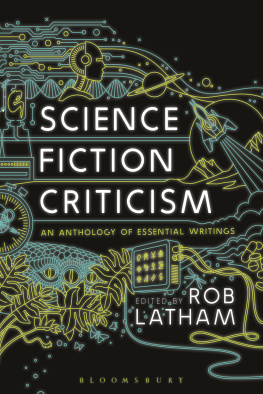
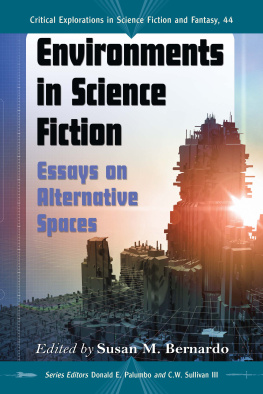
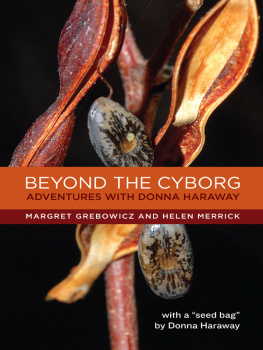
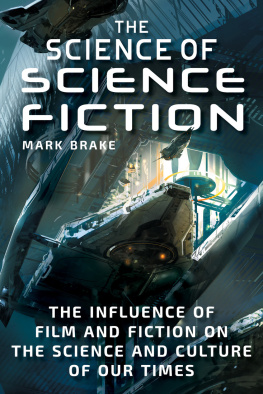
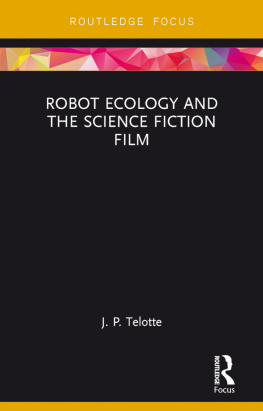
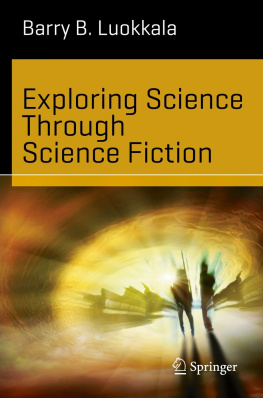
 WALLFLOWER PRESS
WALLFLOWER PRESS